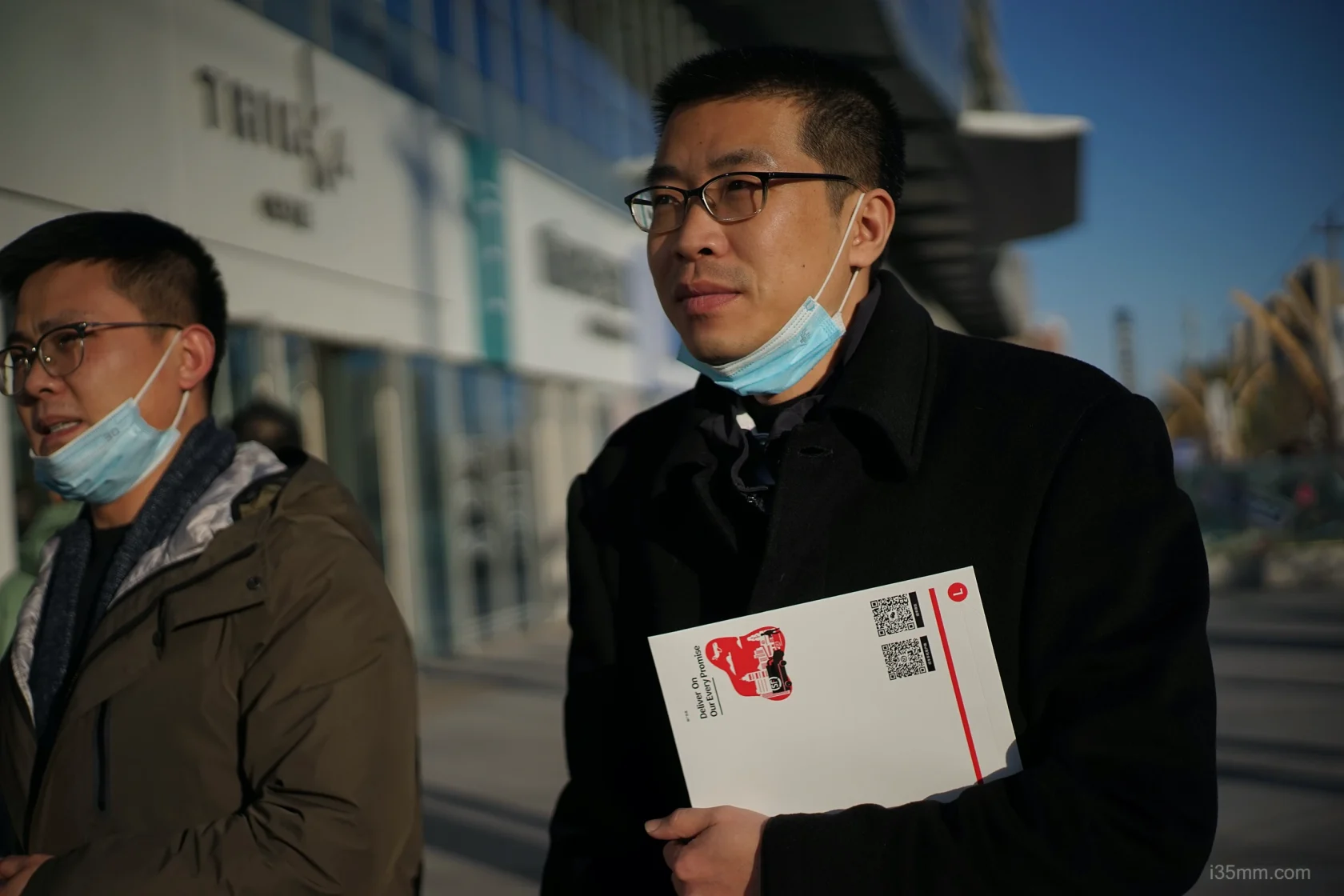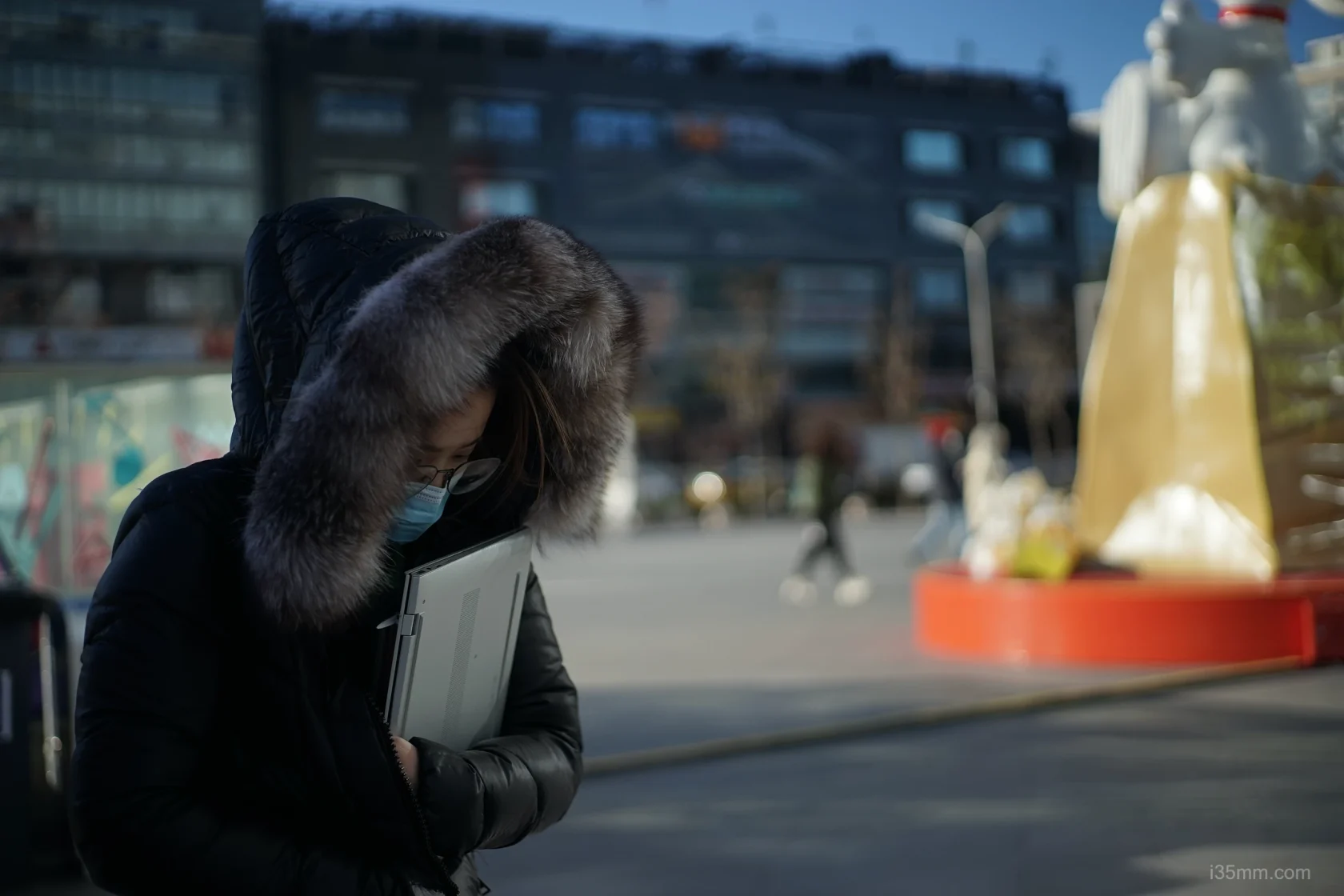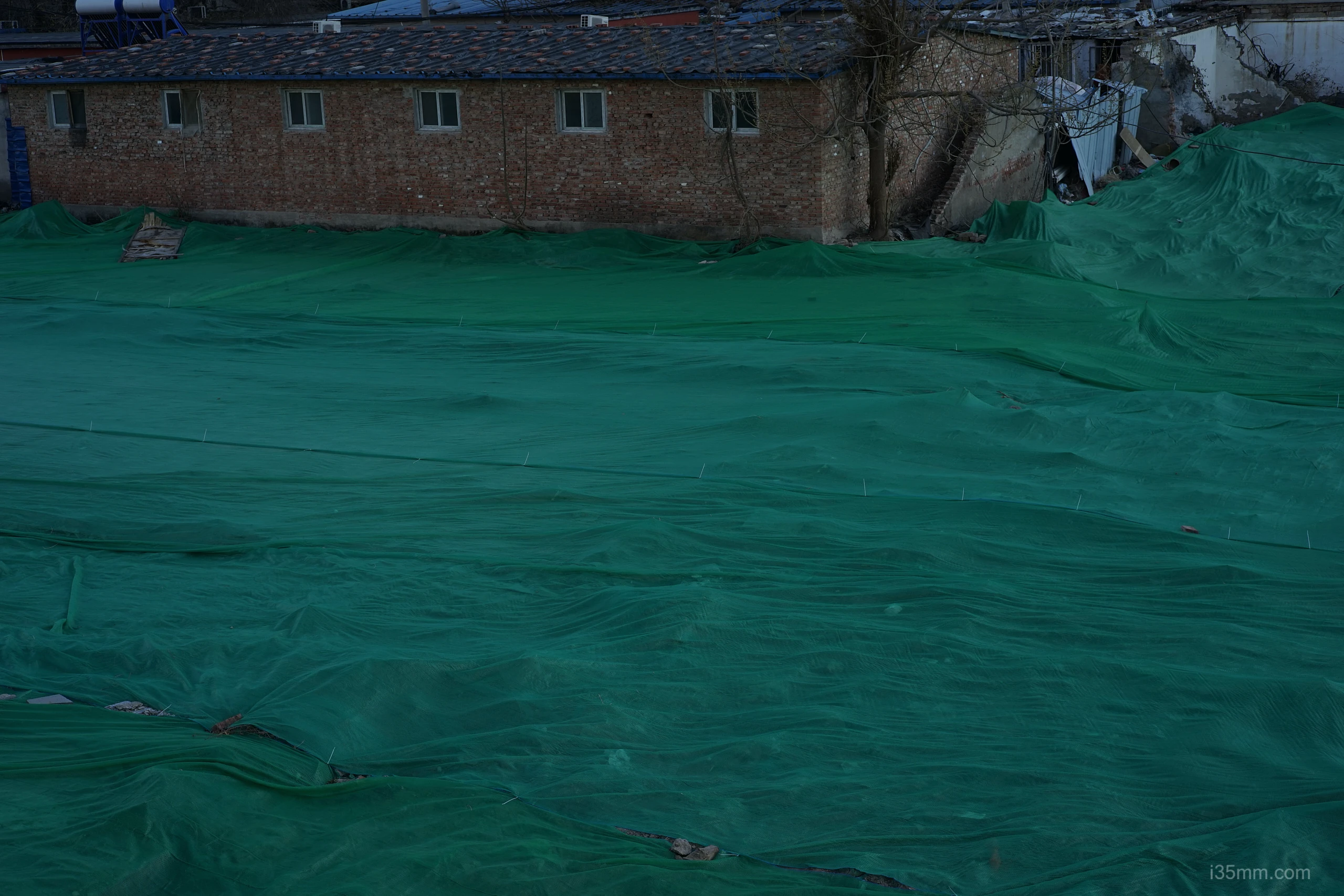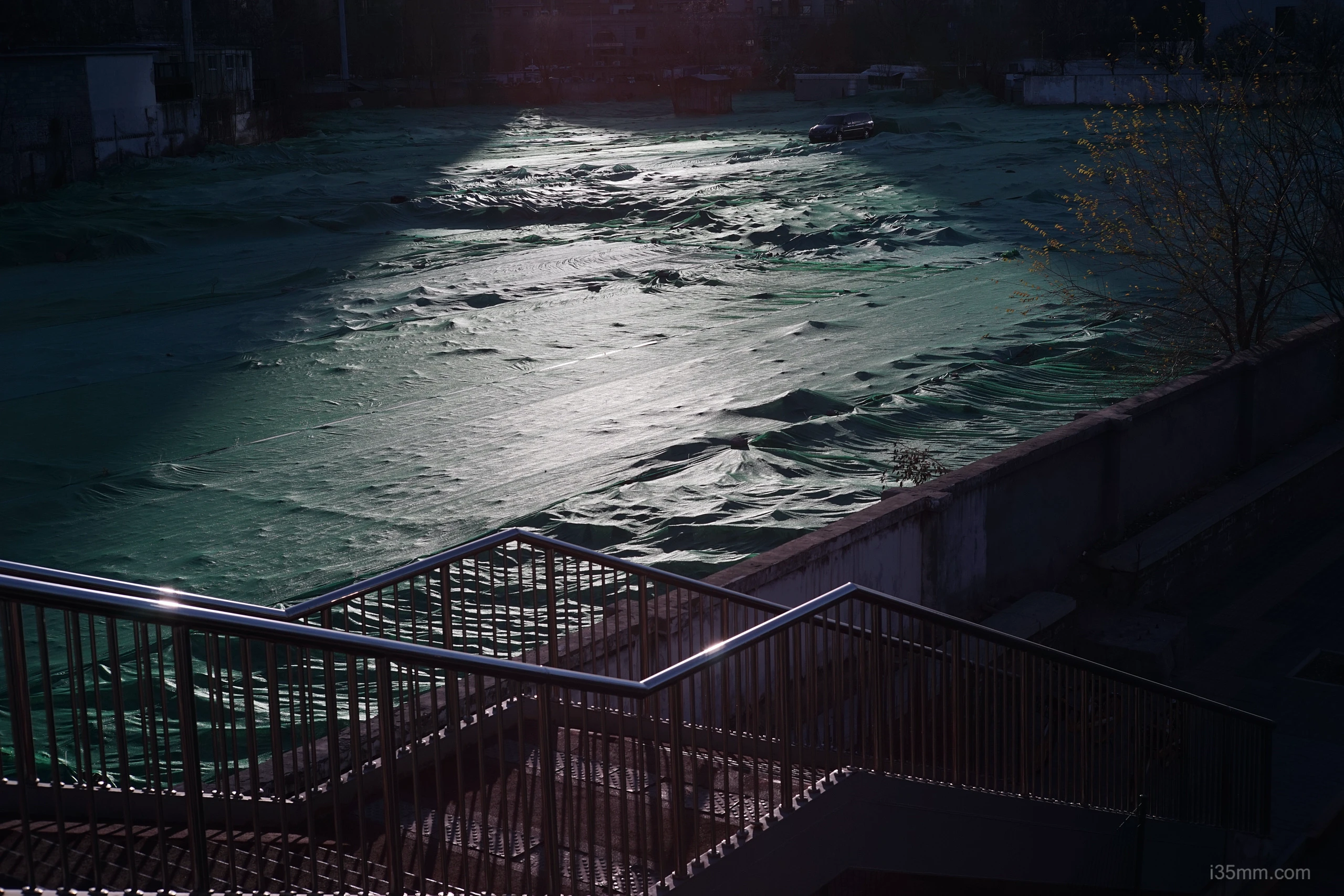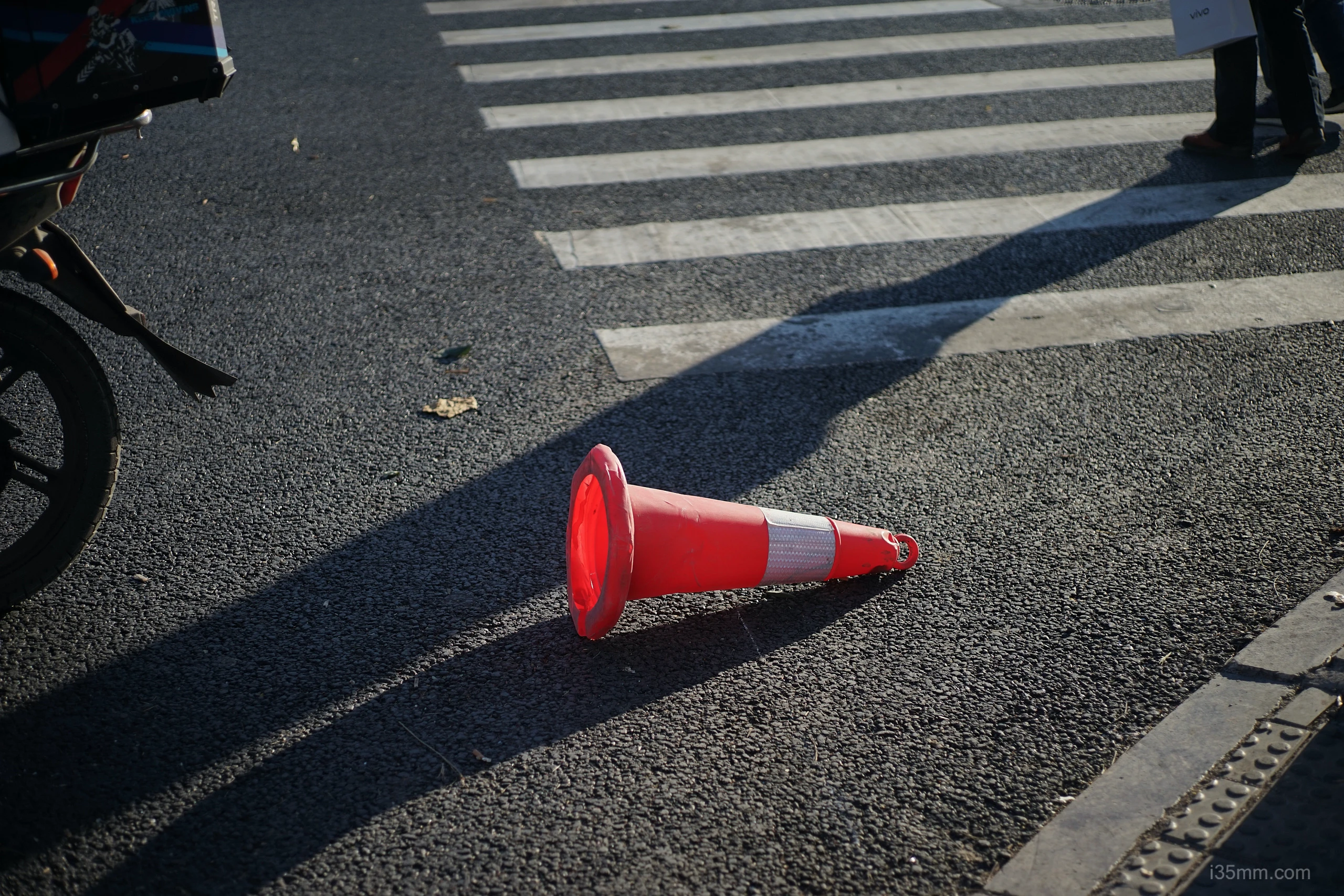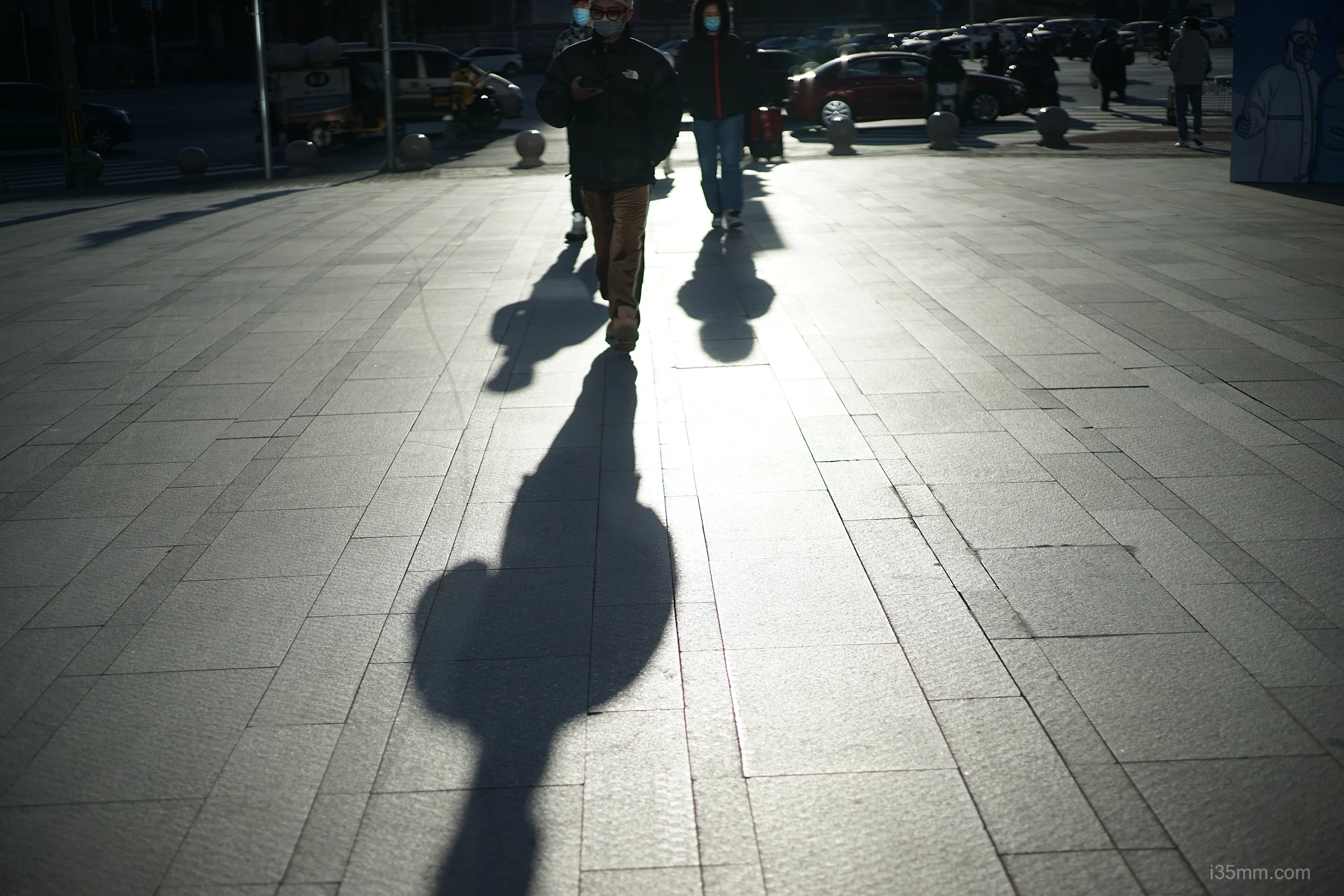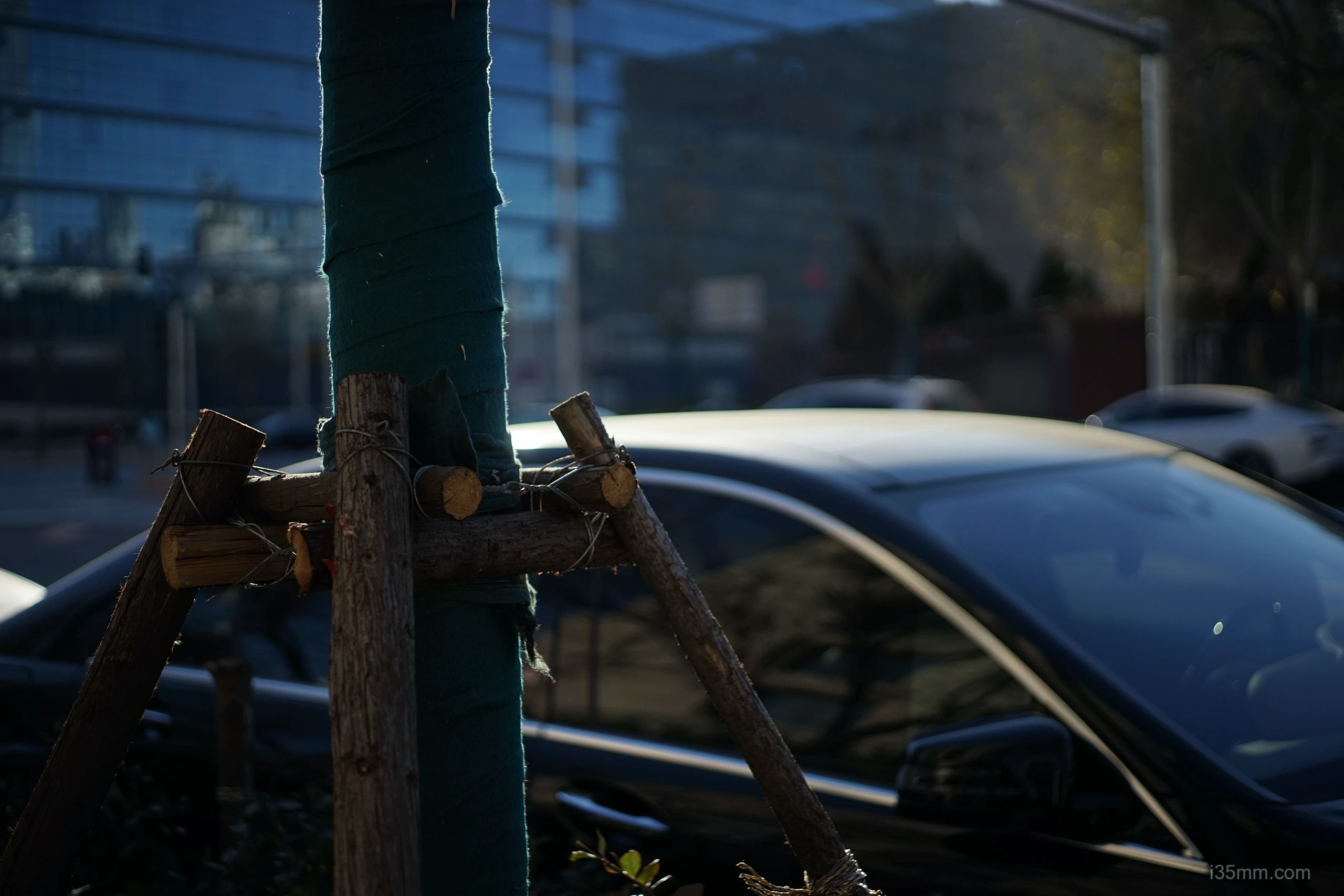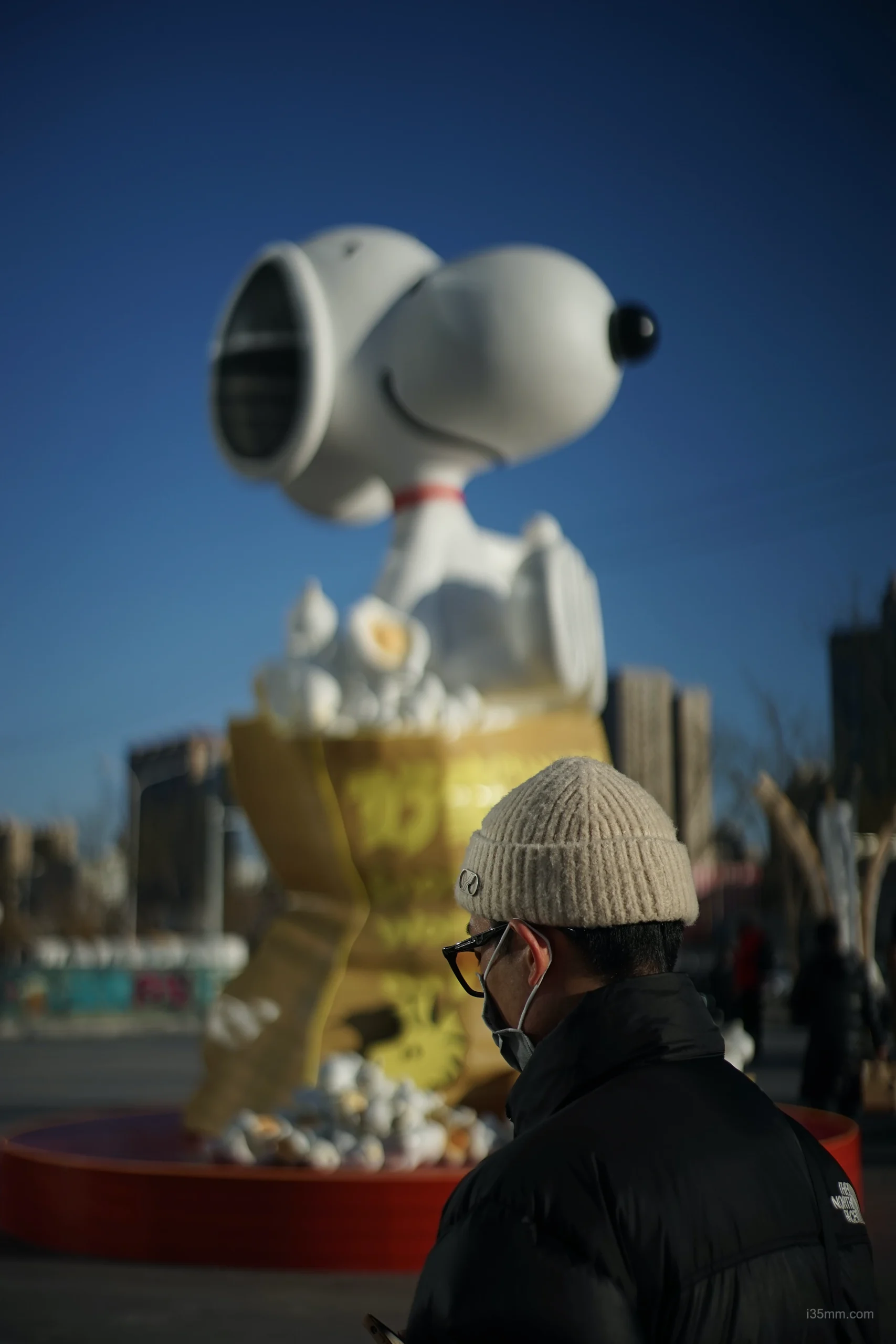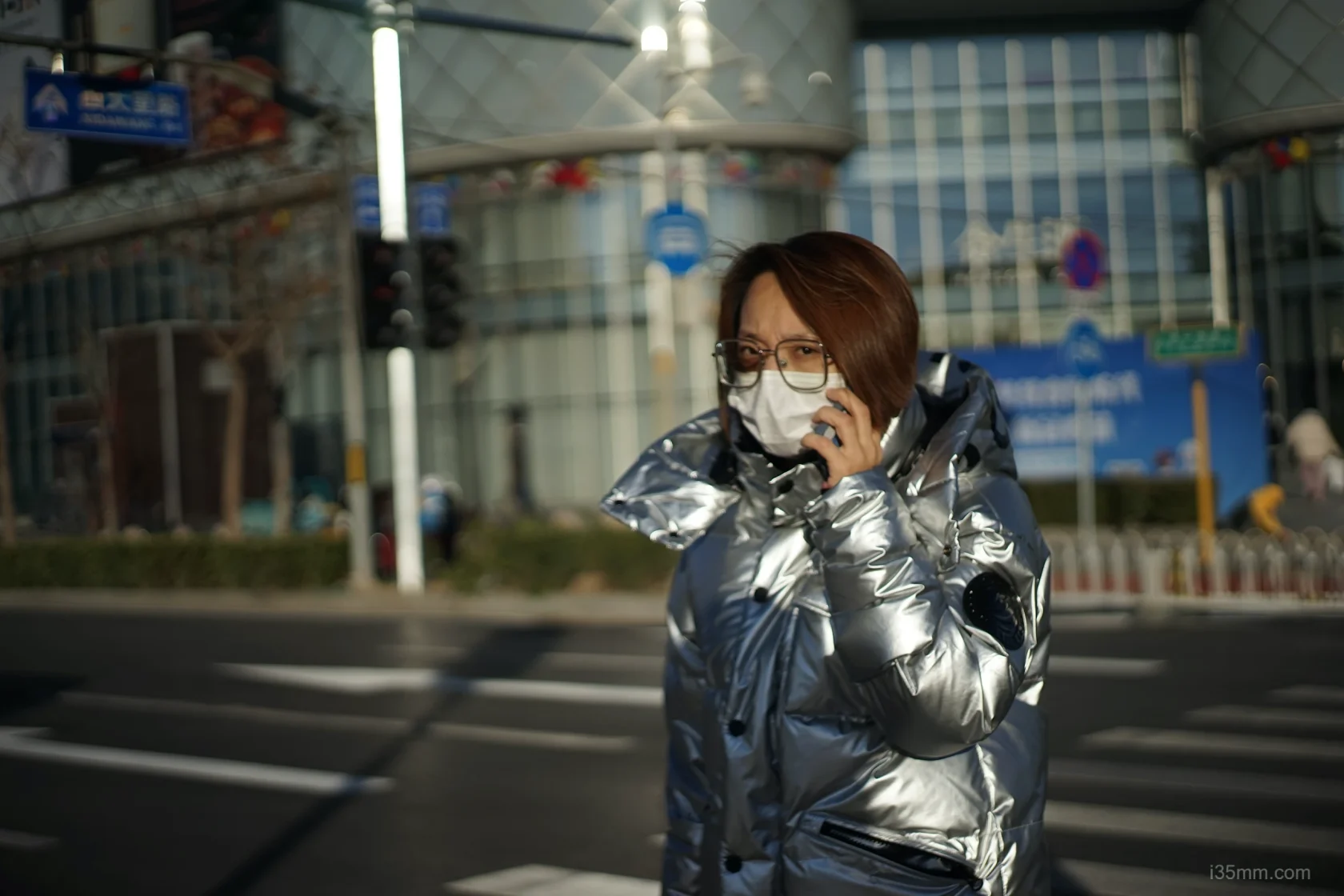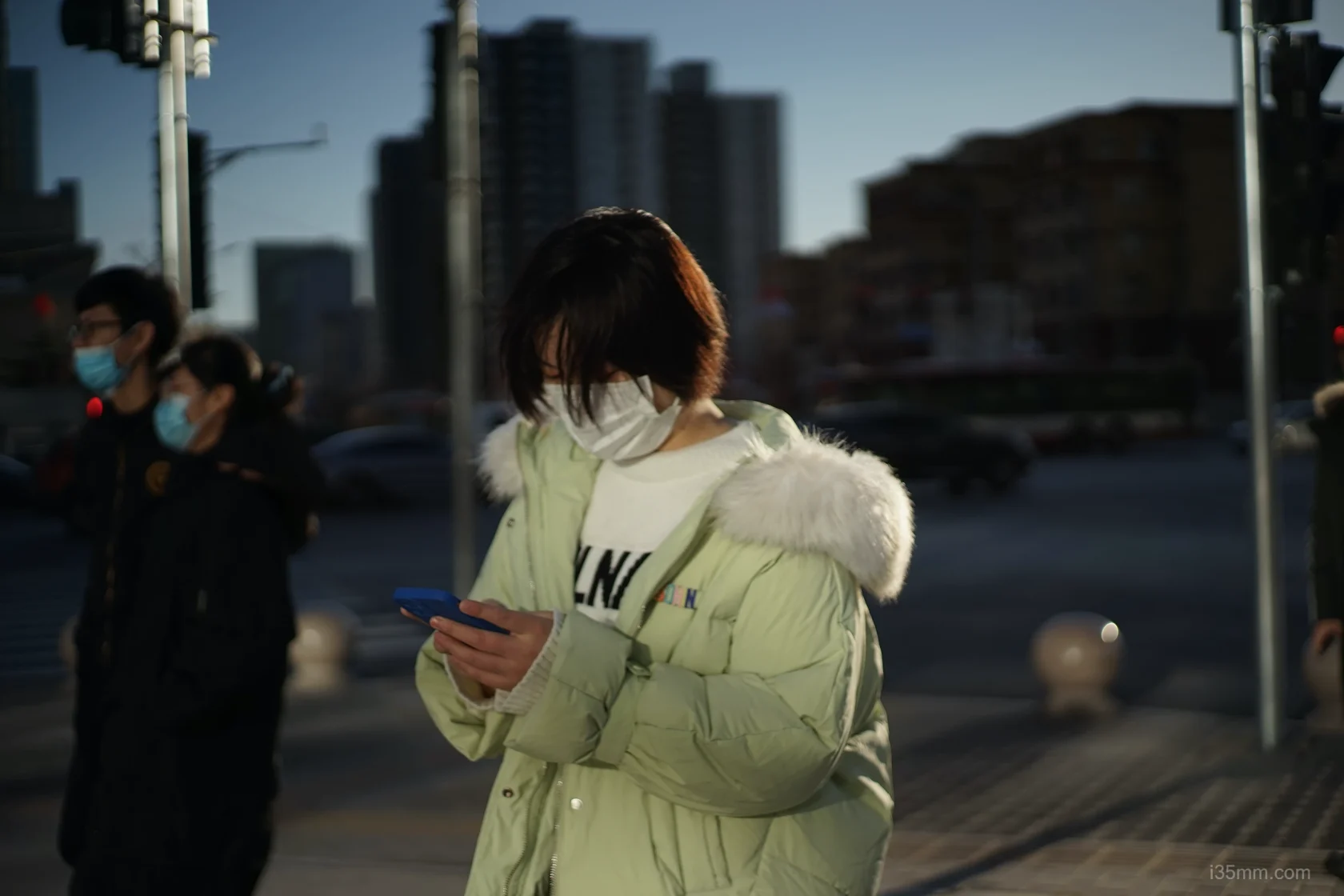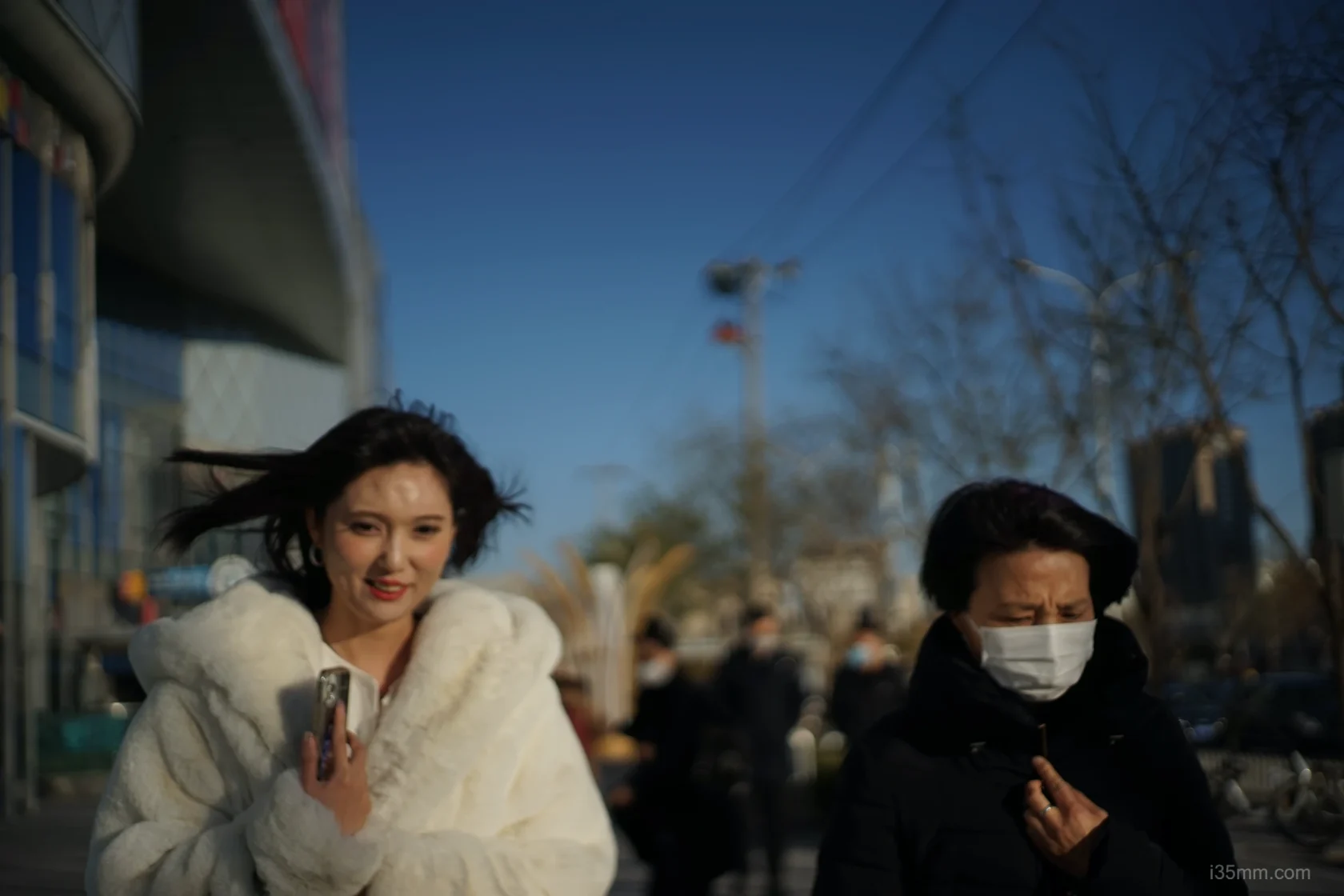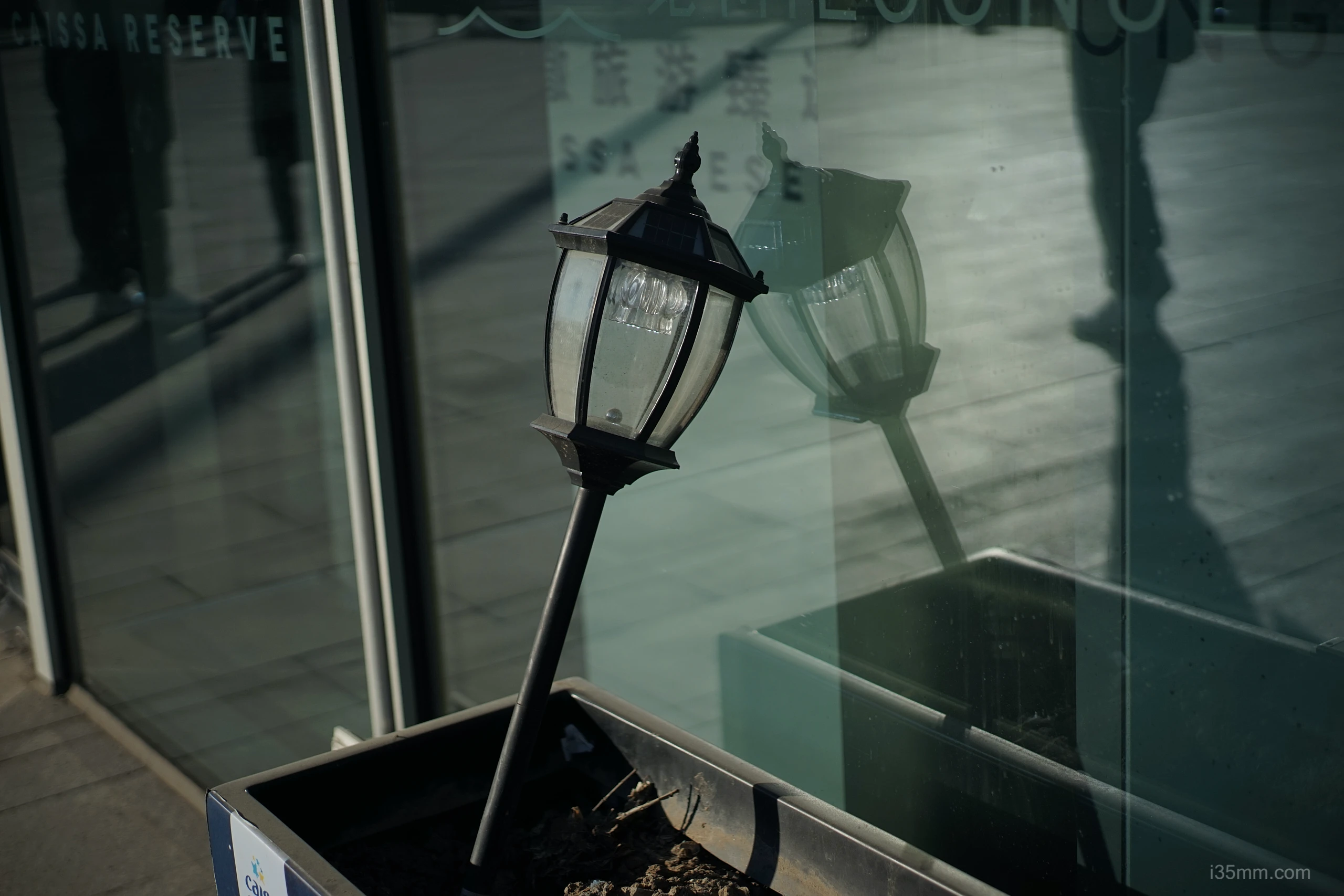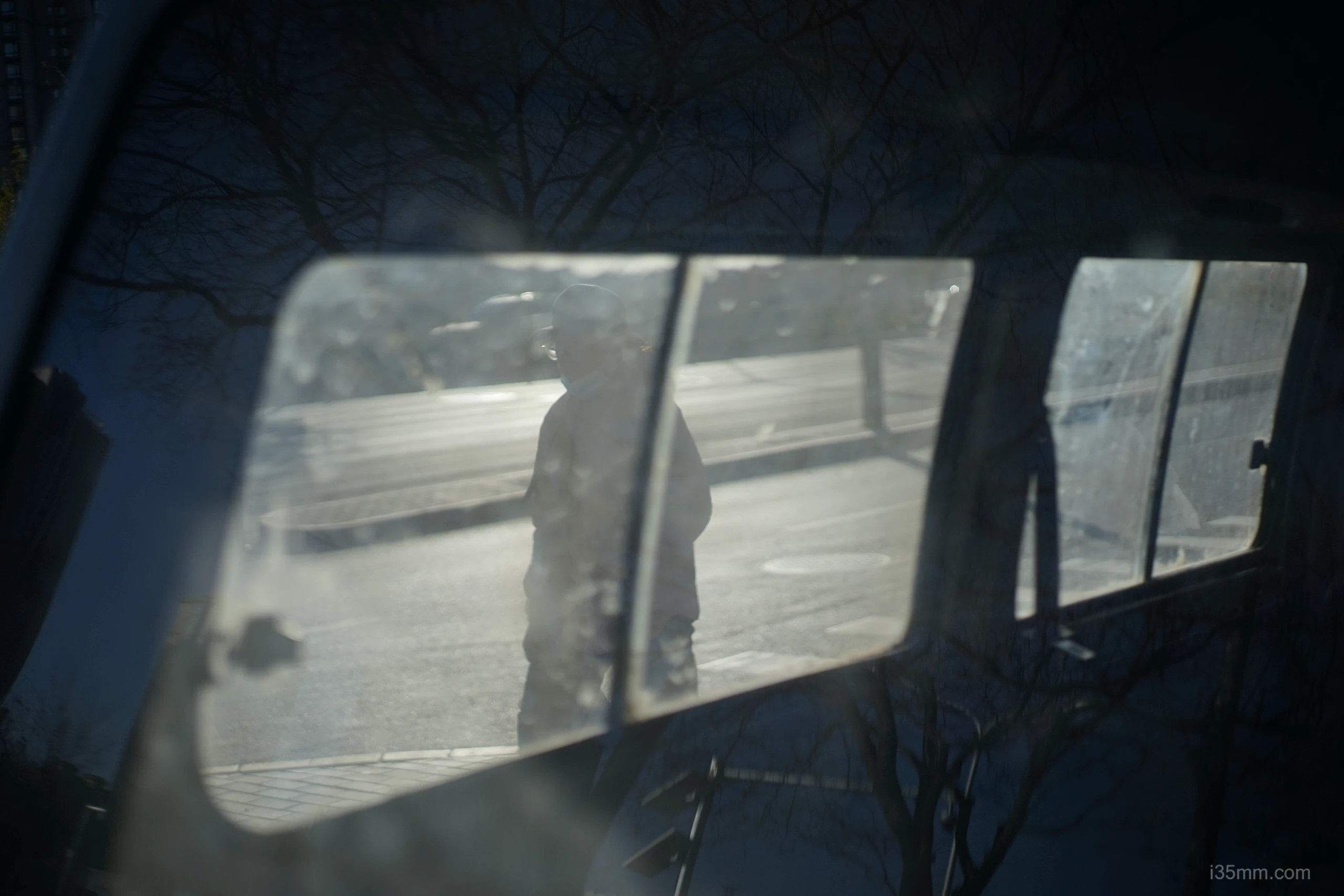
In the world of photography, trying out a new lens is like embarking on a whole new visual adventure. The Sony A7 generation, as the pioneer of the microsingle camera, is an ideal choice for many photography enthusiasts thanks to its excellent image quality, flexible mount system, and excellent manual focusing performance. As a photographer who loves trying out different lenses, I particularly enjoy using the Sony A7 to adapt to and test out new lenses, especially the legendary Leica large-aperture lenses.
Leica is a brand that originated in Germany. It’s known for its superb optical technology, rugged workmanship and unique imaging style. Leica lenses are great for resolving detail and reproducing colour, and they also deliver stunning sharpness and detail at maximum aperture. Every Leica lens is a classic in the history of photography, and represents the brand’s heritage and innovation.
The Sony A7 is the perfect platform for adapting lenses, thanks to its short flange distance, strong bayonet compatibility and excellent focus peaking. The short flange distance means you can easily use a variety of adapter rings to adapt lenses of different mounts. The strong mount compatibility means you can explore the resources of different brands of lenses to your heart’s content. The Sony A7’s Peak Focus function makes manual focusing more accurate and faster, allowing adapted Leica large aperture lenses to perform at their best.
I adapted a few Leica large-aperture lenses for the Sony A7 generation and had a bit of a play with them. I was particularly impressed by the Leica NOCTILUX-M 50/1.2 ASPH lens. With a maximum aperture of f/1.2, it can produce sharp and bright photos in very low light conditions. It also has a really distinctive bokeh. Meanwhile, the colour reproduction and detail when the aperture is contracted is really impressive.

The f/1.2 aperture not only produces great background bokeh, but also lets photographers take sharp, clear photos in low light. This large aperture means the lens performs well in low light, giving photographers more creative freedom.
I also tried out a few other Leica lenses with large apertures, like the Summicron-M series. These lenses also performed really well after adapting, with great resolution, colour reproduction and bokeh.
Just a heads-up on a few things to keep in mind during the adapter process. Firstly, it’s important to make sure you’re using a good quality adapter ring. A good-quality adapter makes sure the lens and camera are connected tightly, which stops problems like them coming loose or light getting in. Secondly, as different lenses have different optical designs and mechanical structures, you might need to make a few adjustments and optimisations after using the adapter to get the best performance out of the lens. Finally, as Leica lenses are on the pricey side, it’s important to be extra careful when using the adapter to avoid any unnecessary damage.
In short, adapting the Sony A7 to Leica’s large-aperture lenses is an adventure that’s full of surprises and fun. By adapting lenses from different brands, we can enjoy a wider range of image styles and shooting effects. The Leica lenses have been a real highlight of this journey, delivering outstanding performance and a unique charm.

